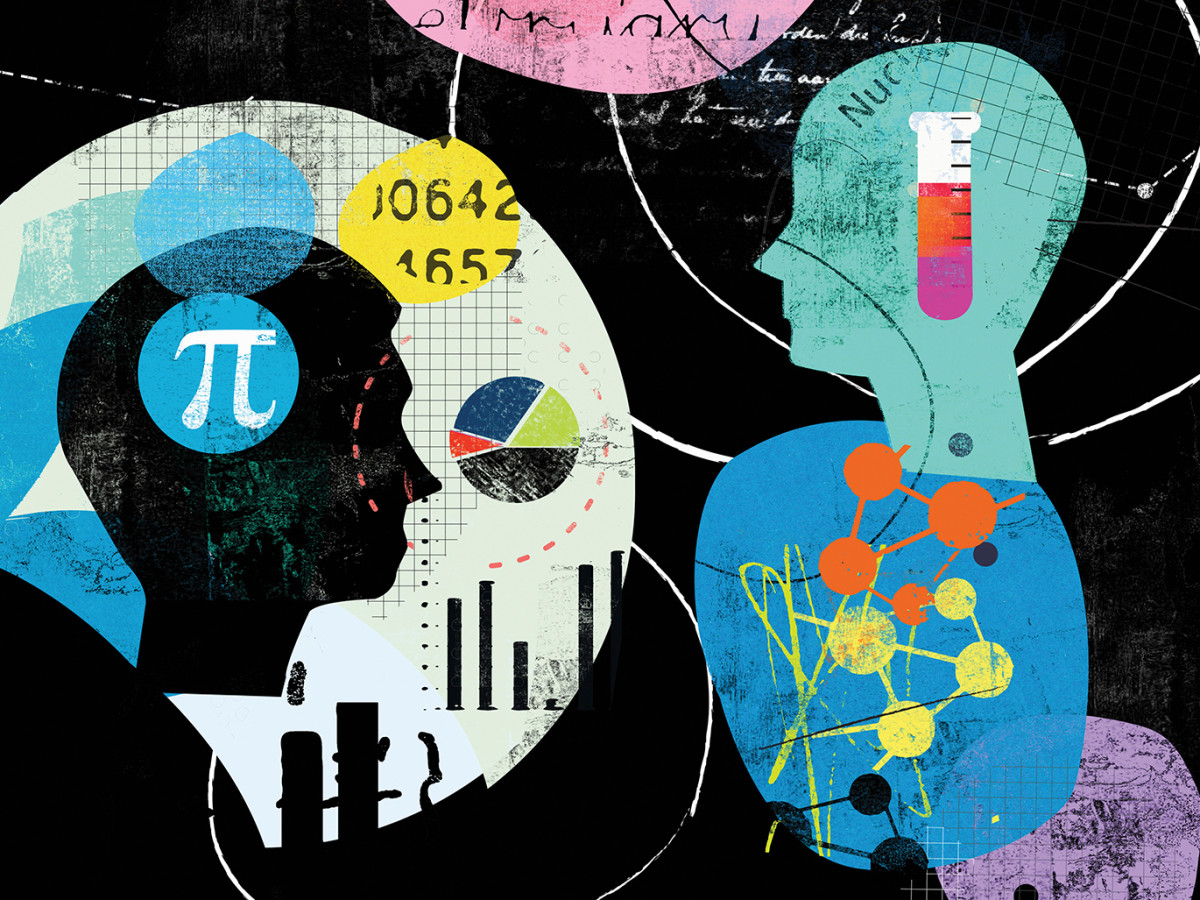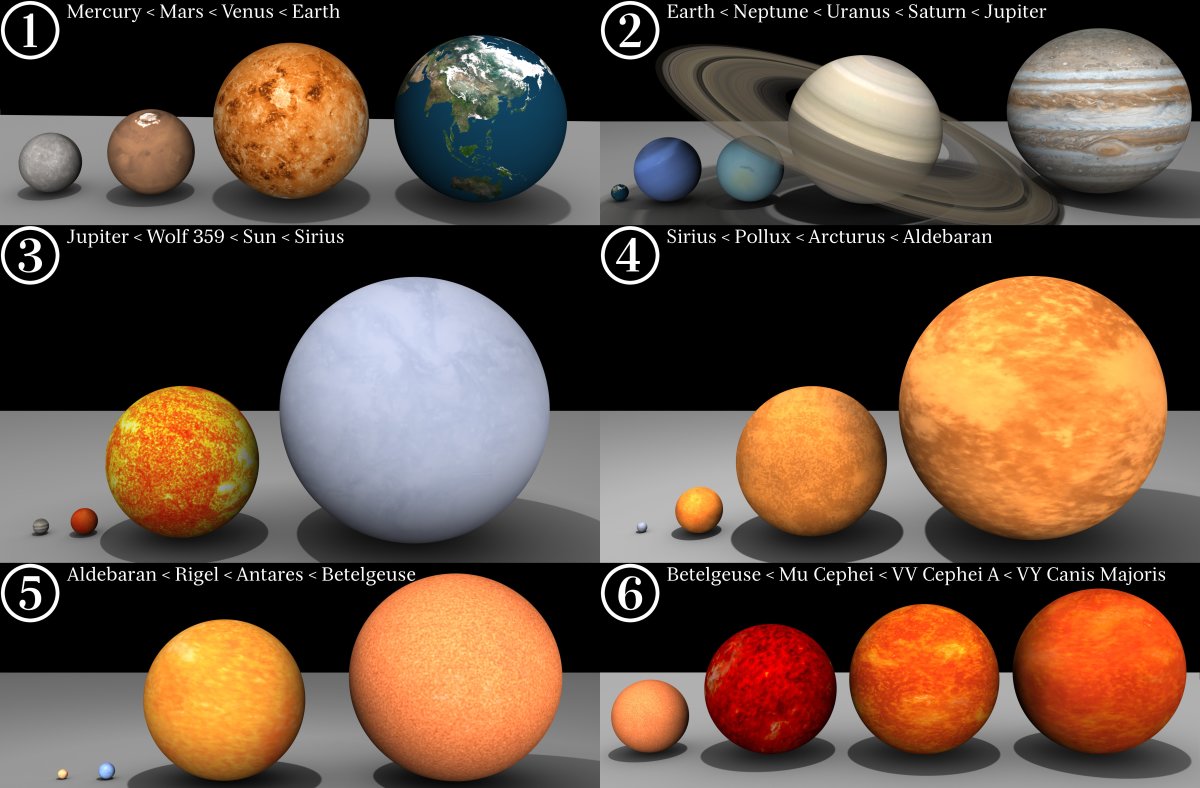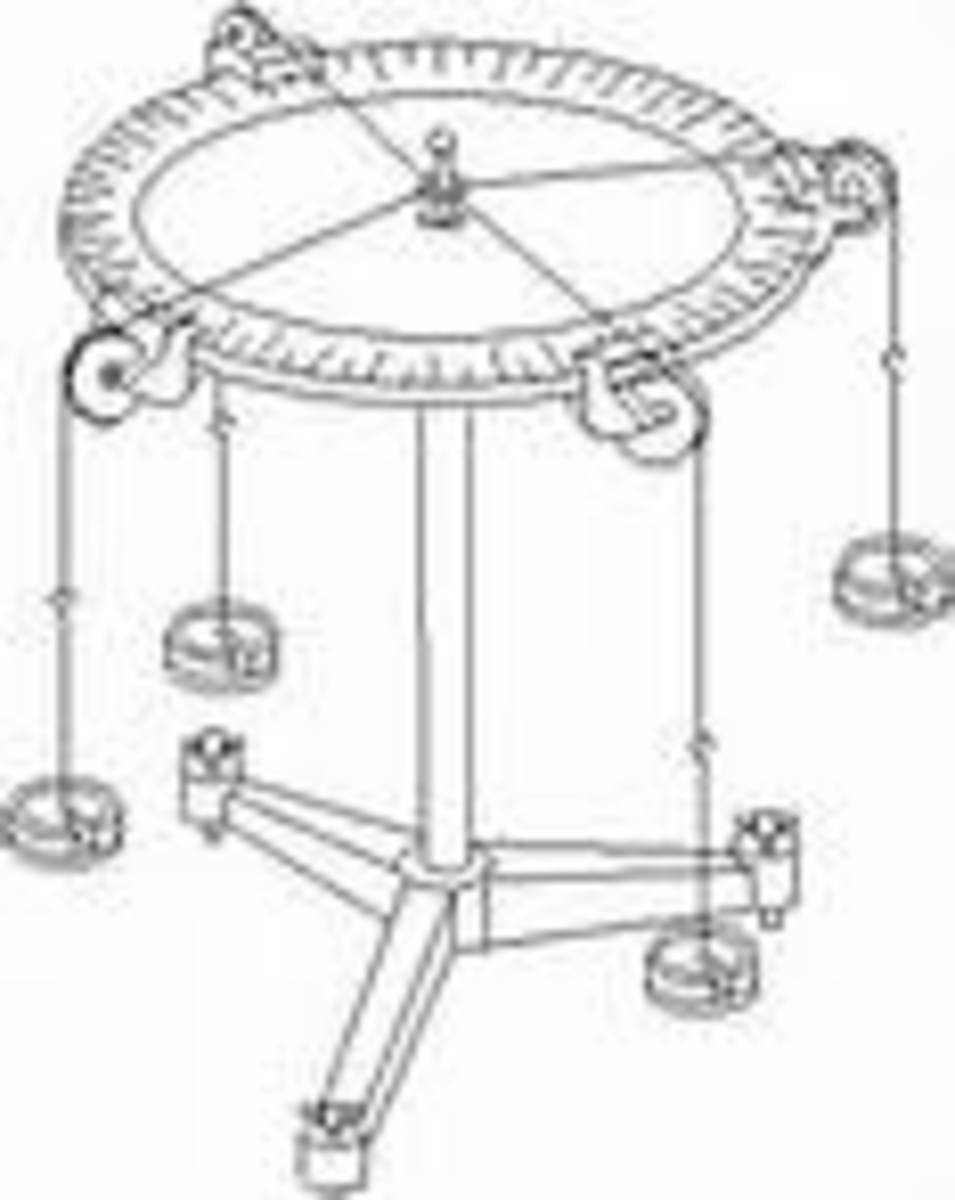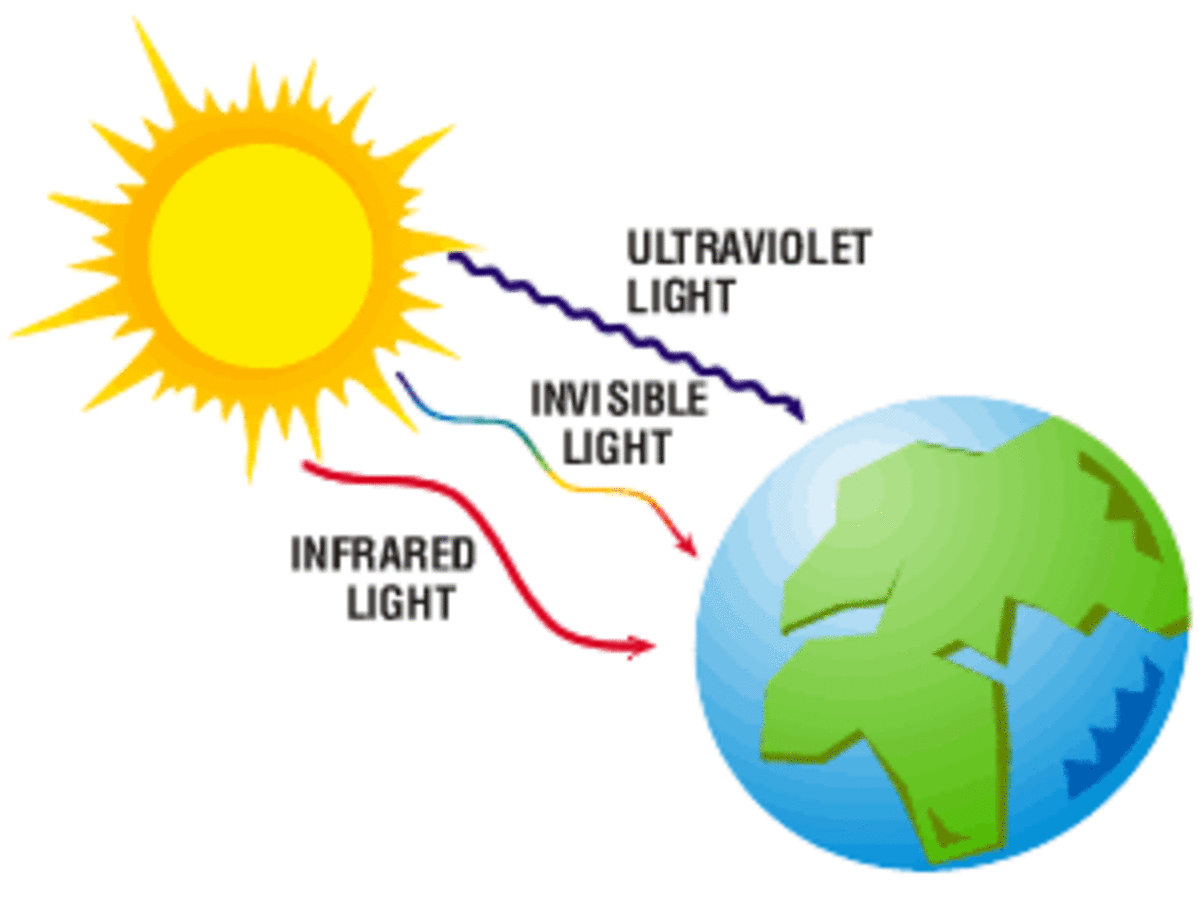Really? Our Brain and the Universe Functions Like a Hologram?

I am reading this amazing book called the “Holographic Universe” by Michael Talbot.
I like to be introduced to books, thoughts and ideas that are outside my framework which create a “screeking” noise in my brain as I am forced to stretch my “little box of reality” to understand and perhaps integrate some new concepts. This book made my brain “screek” a lot!
I found pretty amazing ideas in this book and often felt like I was Alice down the rabbit hole so as I jot down some of the thoughts I found most interesting I invite you to relax into T.H. Huxley words. “Sit down before fact like a little child, and be prepared to give up every preconceived notion, follow humbly wherever and to whatever abyss Nature leads” ....
Prior to these two guys, David Bohm, a protege of Einstein... can you even image having a conversation with Einstein, let alone being considered a protege, and Karl Pribram, a neuro-physiologist the world was thought to be made up of separate components connected randomly through cause and effect. Each of these men arrived independently and from two very different directions the conclusion that the world and the brain behave like a hologram.
Bohm’s research involved quantum physics experiments and Pribram focused on memory and other brain functions.
Cool things about Holograms:
Holograms are created by splitting a laser light into two separate beams. The first beam is bounced off the object to be photographed. The second light is then allowed to collide with the reflected light of the first... voila, when this happens they create an interference pattern which is then recorded on a piece of film.
Interference patterns are amazing. To the naked eye the image on the film looks nothing at all like the object photographed. In fact it looks more like the wave pattern formed by pebbles thrown into the water.
Only when a laser or an other bright light is shined through the film does a three dimensional image of the original object reappear.
Since we have all experienced the 3D images, we know they are extremely life like and can be viewed from multiple sides. And often it is only when you reach out to touch the image do you discover that there is really nothing there.
All the information recorded is contained throughout all of the laser film. If you cut the film, unlike photographic film all the information is contained in the remaining piece. No matter how small the piece of holographic film remains the total image is fully revealed, it just gets fuzzier, less crisp and clear. While in a film negative or photo if you cut it into smaller pieces all you see is a fragment of the whole. Instead of viewing the whole apple you may see only the portion containing the apple stem..
Multiple images can be recorded on a single piece of holographic film plus lots and lots and lots of information. In the fact in the book they said the contents of 50 bibles could be stored on one image.
Multiple images are recorded and subsequently revealed according to the angle in which it was shot and viewed.
The Brain is a Hologram?
Ok, so how was the leap made between holograms and the brain functioning as a hologram? This is where it book becomes very fascinating.
In the 1920’s Wilder Penfield,a neurosurgeon offered convincing evidence that each individual memory was located in a specific and separate place in the brain. And because everything we experience is record it becomes a massive chronicle with lots of trifling information. He reasoned that was why memories of so many experiences randomly crop up.
His theory was prevalent and agreed upon for decades. It wasn’t until Pribram ,a young neurosurgeon went to work with Karl Lashley at the Yerkes Laboratory in Orange Park, Florida.
For thirty years Lashley had trained rats to perform a variety of tests including navigating a maze. He then would surgically remove portions of their brain and retest them... I know really sad and gross. This part of the book made me ill.
Lashley’s goal was to literally cut out the portion of their brain containing their maze running ability. He was not able to do so. What he found was even with massive portions of their brains removed, their motor skills became impaired but their memories remained intact.
“For Pribram these were incredible findings. If memories possessed specific locations in the brain in the same way that books posses specific locations on library shelves, then why didn’t Lashley’s surgical plunderings have any effect on them? For Pribram the only answer seemed to be that memories were not localized at specific brain sites, but were somehow spread out or distributed throughout the brain as a whole.”
In 1960 he read an article in the Scientific America describing the construction of the first hologram and was struck with a possible solution to where and how memory is stored in the brain.
People who received head injuries in car collisions never forgot half of their relatives or half the novel they had been reading - their memories just got fuzzier, less clear... responding very much like holographic film.
In his mind if it was possible for every portion of a piece of holographic film to contain all the information necessary to create a whole image, then it seemed equally possible for every part of the brain to contain all of the information necessary to recall a whole memory.
Pribram published his first article in 1966 about the possible holographic nature of the brain. He and other researchers began to refine and expand his theory.
One very interest thought has to do with the vastness of our memories. Simply how is it that we are able to recall and forget. As stated before one of the unique properties of holographic film is that by changing the angle it is possible to record many different images on the same surface. Therefore to retrieve specific images one simply illuminates the film with a laser possessing the same angle as the original two beams.
So our ability to remember could be analogous as is our inability to recall something - we maybe simply failing to find the right angle to call up the image or memory we are searching.
This is an interesting place to stop as I am pondering the following questions...
- Is failure to remember an aspect of our inability to remain flexible?
- Can age related memory illnesses be treated by decommissioning fixed patterns, rote behaviors and reliable responses to life?
- Can a person learn to retrieve memories by learning how to shift their internal perspective?







